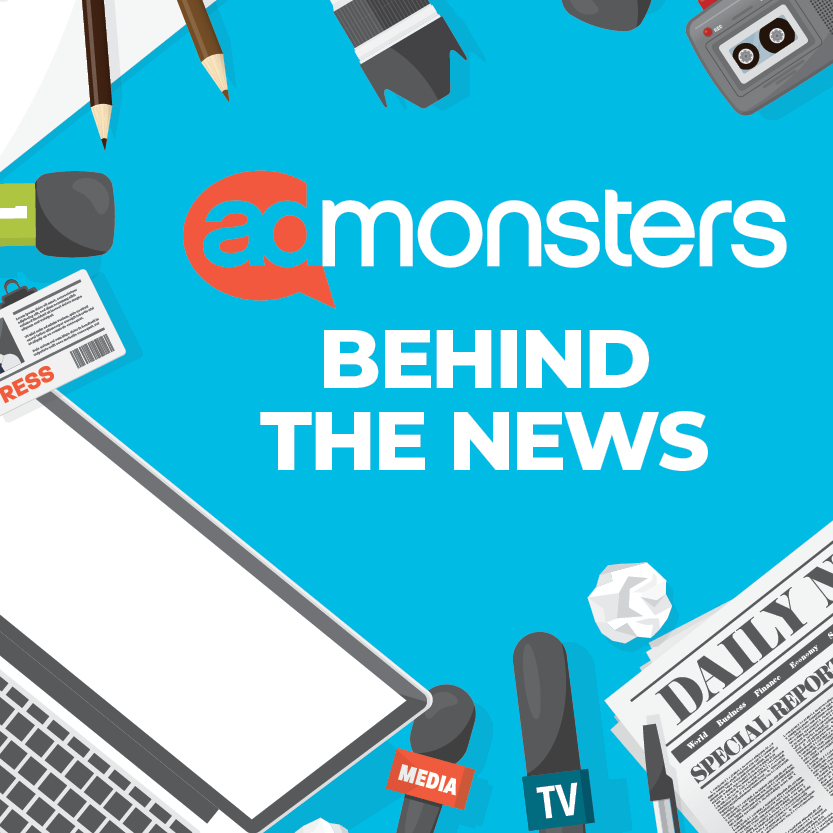In the performance marketing world, education doesn’t refer to the institutions many in our sector attended (for those that did), nor does it refer to the teams that will soon dominate the television screens and fantasy football leagues. Education refers to that sub-segment of universities and programs that operate as a business. They may not dominate television viewing time, but directly and indirectly they rule the inbox and a large percentage of other run of network media. Few sectors, if any, have had such a long tenure as a marketing offer, and arguably, no other segment, including dating in its prime nor nutraceuticals have enjoyed greater overall success. The for-profit institutions in particular have pumped billions into the online marketing ecosystem.
All sectors ebb and flow. They have slow periods; or, the offer becomes stale if speaking from a marketing perspective. Some of the larger segments have faced challenges above and beyond normal cyclicality. Ringtones and neutraceuticals run a fraction of what they once did, with the end suppliers and their marketing partners facing lost revenue not only due to the offer not running like it once did but more so as a result of material changes that have impacted the industry – rules handed down by the end buyers, more often than not instituted as a result of legal action from trademark owners, states attorneys general, and on the federal level by the FTC. As bad as those changes seem, they do not compare to the battle facing the education industry. The education industry stands apart, and as we discussed last week, one of the major reasons why it is being viewed separately has to do with a combination of politics (a government not favorable to education as a business) and sobering facts (percentage of loan dollars going to the for-profit schools and their students default rates). That a major point of contention involves government dollars to the tune of tens of billions yearly being driven to companies running education businesses only adds fuel to this raging fire.
Two weeks ago, our coverage of the education segment was spurred by a congressional hearing. This hearing was unrelated to Department of Education’s negotiated rule making process, which has been ongoing since before the start of last year. The hearing last week featured undercover footage from the Government Accountability Office’s secret shopping the recruitment process at more than a dozen institutions. What they exposed was in many respects atrocious behavior that included what amounts to fraud. The timing of the hearing was less than ideal too, because it had started to seem as though the worst might be over, with respect to Department of Education’s rule making process. At the end of July, the Department signaled the direction they intended to take on one of the major points of contention – Gainful Employment – the set of metrics used to determine the success of a school by evaluating the student’s ability to repay the loan.
Upon the release of the gainful employment update, Inside Higher Ed wrote “Striking a middle ground between aggressively attacking for-profit higher education and backing down under the sector’s intense lobbying pressure, the rule creates multiple paths to eligibility and takes aim at only the most egregious of bad actors.” Investors cheered, and everyone else in favor of the sector’s success breathed a sigh of relief. That sigh of relief was short-lived, however, as last Friday just after 5pm, the Department elaborated on the data it would be using in calculating gainful employment. The rule has three pieces, but it is the data used for calculating the loan repayment piece which caused the following:

Stocks across the industry tanked, with many dropping upwards of 25% in one day. A handful, such as the Apollo Group (parent to the University of Phoenix) managed only a haircut as their numbers were close to passing. Hit a certain metric, and the school meets the requirement. Fall below it, and there are a variety of consequences.
Putting things back into perspective, especially for marketers who aren’t education specific but more generalists, these rules will dictate what schools must do to be eligible for federal funds. If they aren’t compliant, they won’t receive the funding. No funds, no marketing. No marketing, no leads. Even the slightest changes to the rules could alter how schools buy leads, and how many. The greater the changes to the rules, the more likely it is to impact the lead buying process. That’s what makes each indication from the Department so significant, and that’s what makes the impact of gainful employment so severe. Fail to meet the standards for gainful employment for example, and it could mean no money except from students paying themselves or through employers.
For those who remember being mortgage affiliates, you know what major changes can mean. That’s another industry where companies were enticing consumers with offers resulting in defaults. Fortunately, the changes to the education sector won’t decimate the industry, and they won’t come close to being as bad as mortgage. That said, it is no excuse for behavior like this:




